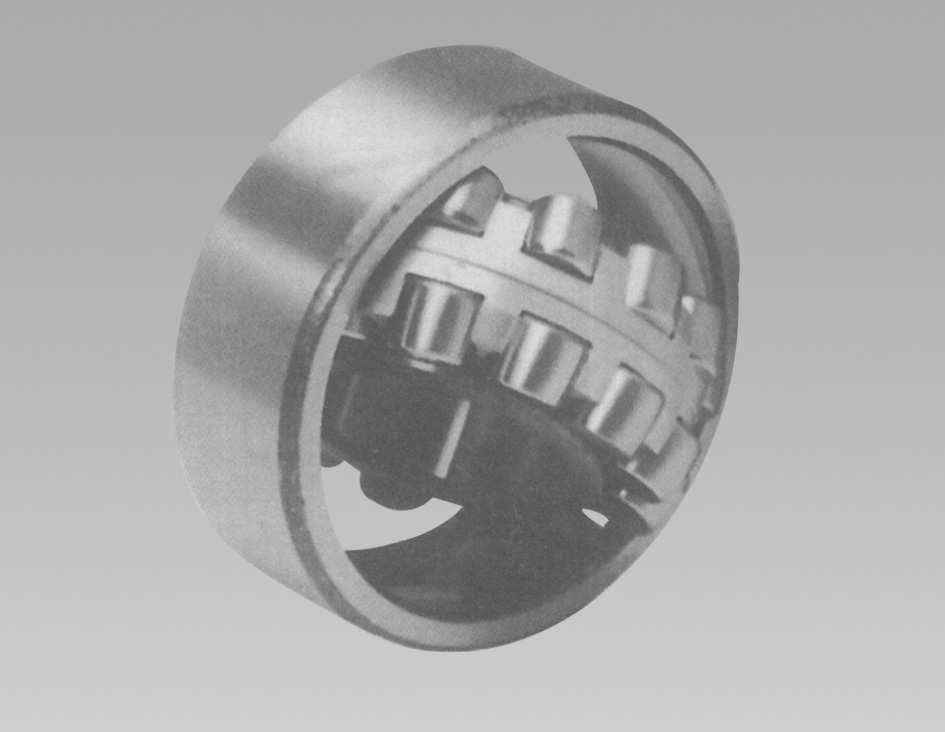
Dec . 12, 2024 18:23 Back to list
imperial thrust bearings
Understanding Imperial Thrust Bearings Design, Function, and Applications
When discussing the realms of mechanical engineering, particularly in relation to rotating machinery, thrust bearings emerge as critical components. Among the various types of thrust bearings, imperial thrust bearings hold significance, particularly in applications that adhere to specific measurement units typically used in the United States and other countries using the imperial system. This article delves into the design, function, and applications of imperial thrust bearings, emphasizing their impact on industry and technology.
What are Thrust Bearings?
Thrust bearings are mechanical components designed to accommodate axial loads, which are forces that act parallel to the axis of rotation. Unlike other types of bearings, such as radial bearings that support rotating shafts subjected to radial loads (perpendicular to the axis), thrust bearings are specifically engineered to control these axial forces, preventing excessive movement along the shaft's length. This ensures the stability and longevity of rotating machinery.
Types of Thrust Bearings
Thrust bearings come in various designs, including
1. Ball Thrust Bearings These consist of balls that are held in place by a cage. They provide low friction and can support moderate axial loads. 2. Roller Thrust Bearings These use cylindrical rollers instead of balls and can handle heavier axial loads due to their larger contact area.
3. Fluid Thrust Bearings These rely on a thin layer of lubricant to separate surfaces, offering virtually frictionless operation but requiring specific conditions to function effectively.
4. Magnetic Thrust Bearings These employ magnetic levitation to support the load, ensuring minimal wear and tear over time.
Imperial thrust bearings predominantly pertain to those designed and manufactured to imperial measurement standards, using inches and pounds rather than the metric system. This distinction is crucial in industries that operate under these conventions, ensuring compatibility and efficiency in applications.
Design and Materials
imperial thrust bearings

The design of imperial thrust bearings takes into account several factors including load capacity, speed of operation, and environmental conditions. Typically, they are constructed from high-strength materials such as steel or specialized alloys that can withstand wear and maintain structural integrity over extended service periods. In some applications, thrust bearing components may also feature surface treatments, such as hardening or plating, to enhance durability and reduce friction.
The size of these bearings is a critical consideration in design, and it is here that the imperial measurement system plays an essential role. For instance, dimensions such as inner and outer diameters, thickness, and overall geometry are often presented in fractions of an inch, allowing for precise fitment in machinery designed around imperial specifications.
Applications of Imperial Thrust Bearings
Imperial thrust bearings find applications across a diverse range of industries, including
- Automotive These bearings are used in transmissions and differentials to support gear shafts, facilitating smooth power transfer and minimizing wear.
- Aerospace In aircraft engines, thrust bearings support rotating assemblies that withstand high speeds and significant axial loads.
- Industrial Machinery Heavy machinery such as turbines and compressors rely on thrust bearings to manage axial forces, ensuring operational efficiency and reliability.
- Marine Applications Boats and ships utilize thrust bearings in propulsion systems, where they help manage the loads applied during operation.
Conclusion
In summary, imperial thrust bearings are essential components engineered to manage axial loads in a variety of applications, from automotive engineering to aerospace technology. Their design, materials, and adherence to imperial measurement standards ensure that they meet the specific needs of industries that rely on this conventional system. Understanding thrust bearings' function and significance can lead to improved machinery performance, enhanced reliability, and extended service life in all applications where they are employed. As technology continues to advance, the role of precision components like imperial thrust bearings will only become more critical, ultimately influencing the efficiency and effectiveness of mechanical systems worldwide.
Latest news
-
Premium Deep Groove Ball Bearings | High Speed & Reliability
NewsAug.29,2025
-
Durable Scaffolding Clamps - Secure & Reliable Tube Connectors
NewsAug.28,2025
-
Common Failures in Thrust Ball Bearings and Solutions
NewsAug.22,2025
-
How Tapered Roller Bearings Can Take Shock Loads
NewsAug.22,2025
-
Angular Bearings in High-Precision Spindles
NewsAug.22,2025
-
The Impact of Misalignment on Cylindrical Roller Bearing Performance
NewsAug.22,2025
